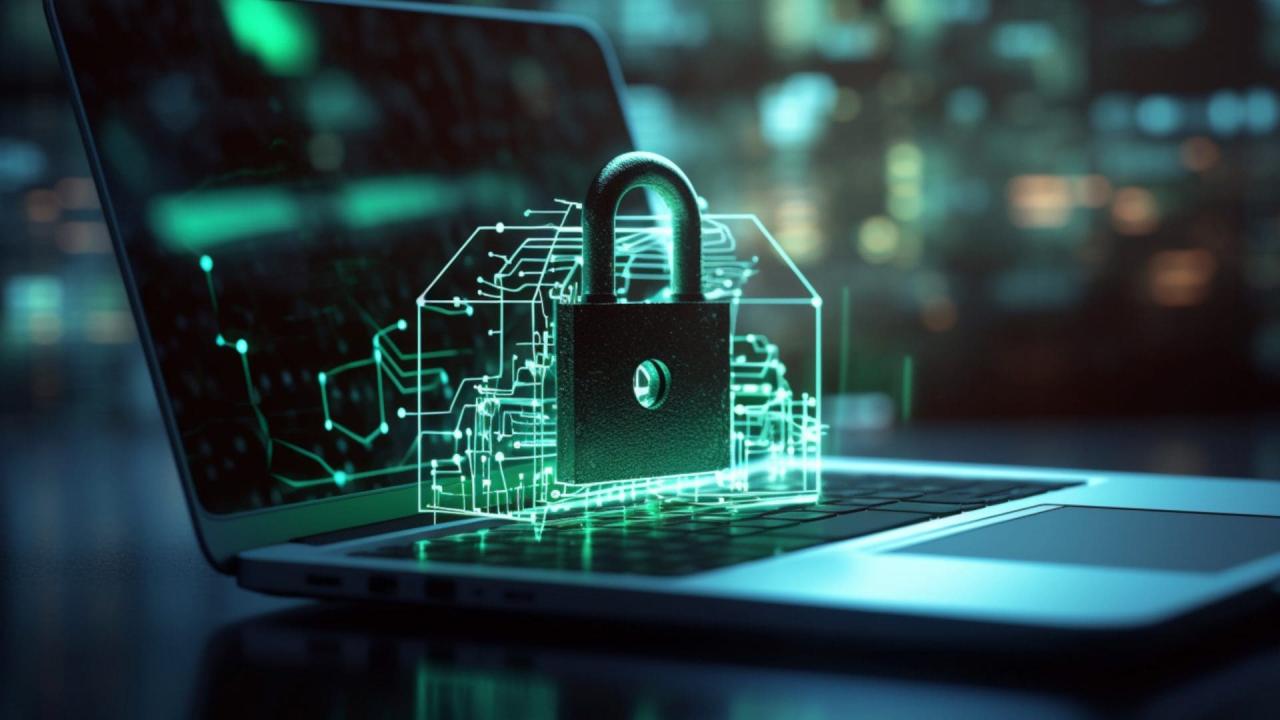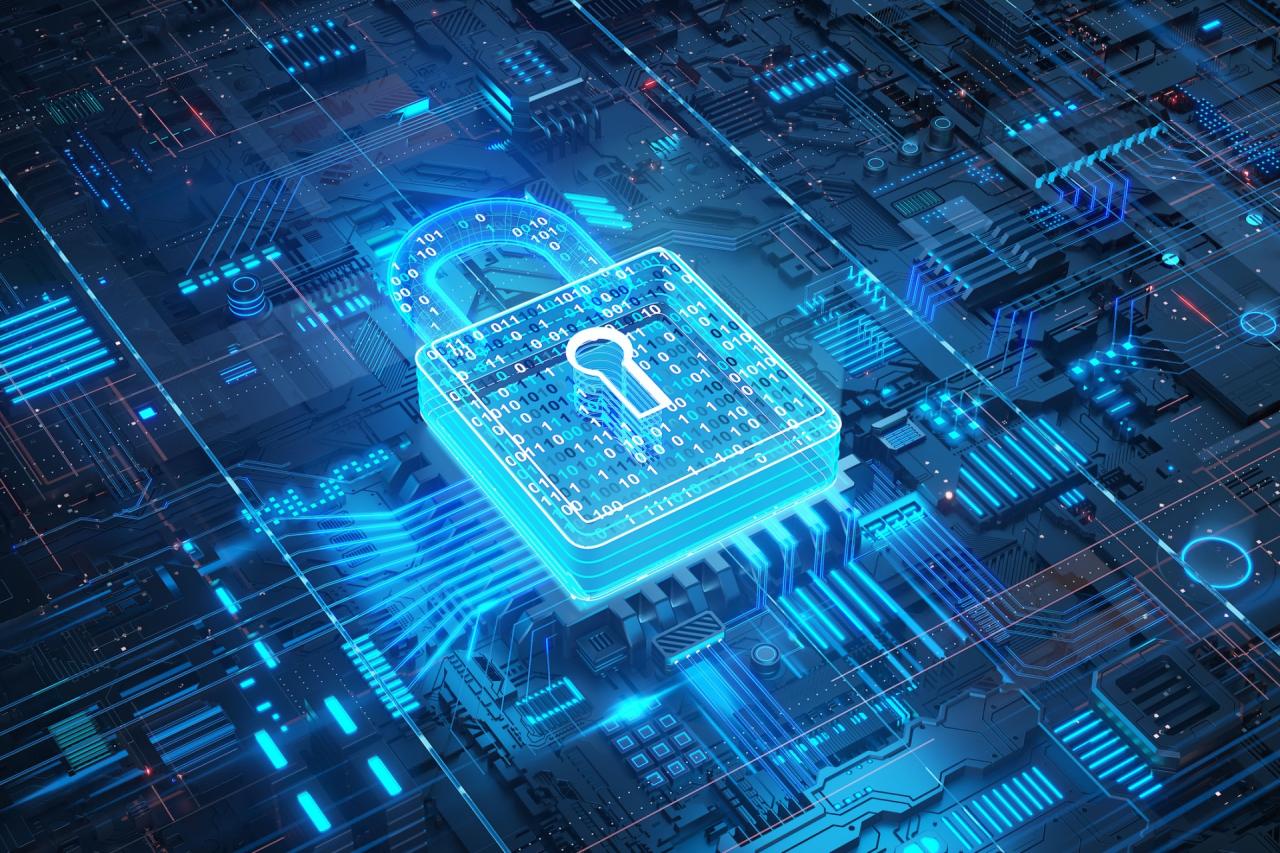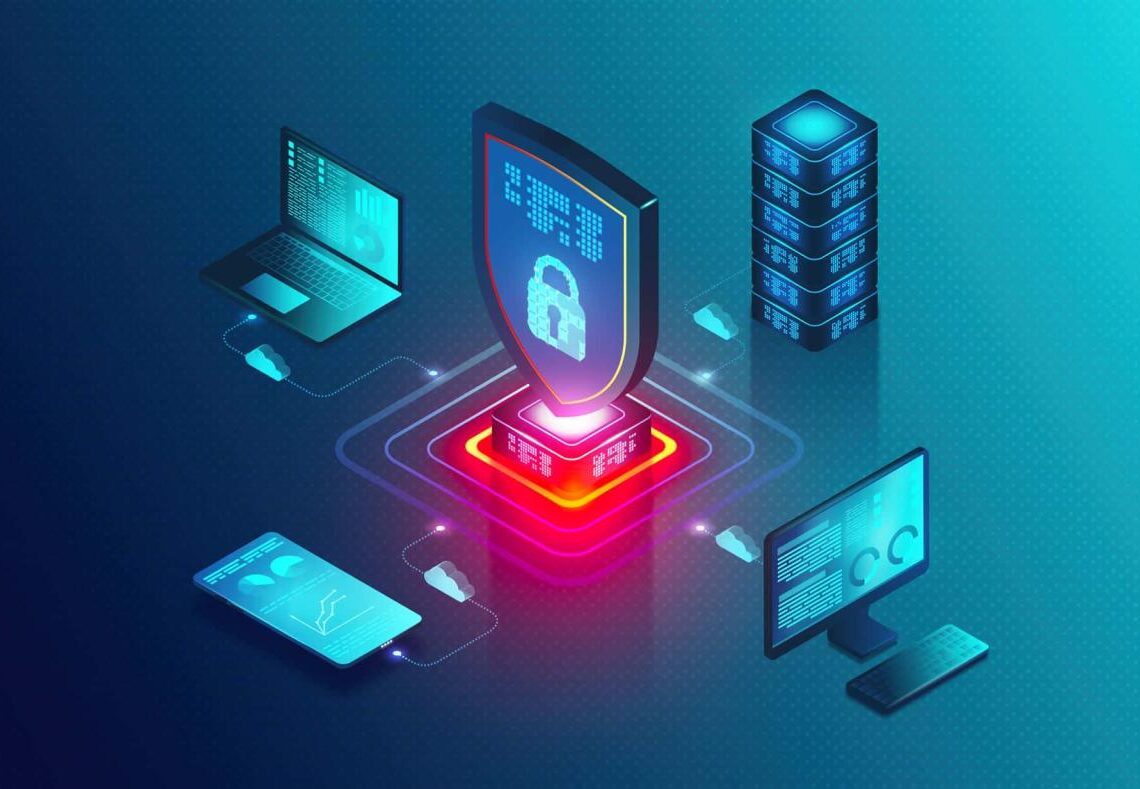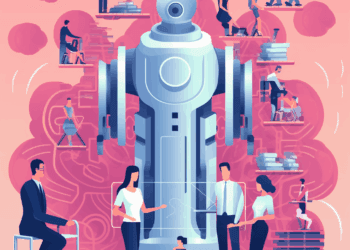In our increasingly interconnected world, where every aspect of life, from personal communications to national infrastructure, relies on digital systems, cybersecurity has emerged as the paramount concern. It’s no longer just an IT department’s problem; it’s a critical battleground where individuals, corporations, and even nations contend with an ever-evolving array of threats. The stakes are higher than ever, with data breaches, ransomware attacks, and sophisticated cyber espionage posing existential risks. This comprehensive article delves into the intricate landscape of cybersecurity, exploring its foundational principles, the pervasive nature of modern threats, the strategies for defense, and the imperative for continuous adaptation.
What is Cybersecurity?

At its core, cybersecurity refers to the practice of protecting systems, networks, and programs from digital attacks. These cyberattacks are usually aimed at accessing, changing, or destroying sensitive information; extorting money from users; or interrupting normal business processes. It’s a continuous, dynamic process of safeguarding digital assets against malicious actors who seek to exploit vulnerabilities for their gain.
The field encompasses a wide range of disciplines and practices, including:
- Network Security: Protecting computer networks from intruders, whether targeted attackers or opportunistic malware. This involves firewalls, intrusion detection systems, and network segmentation.
- Application Security: Ensuring the security of software and devices, focusing on preventing vulnerabilities during the development phase and throughout their lifecycle.
- Information Security: Protecting the confidentiality, integrity, and availability (CIA triad) of data, regardless of its format (digital or physical).
- Operational Security: The processes and decisions for handling and protecting data assets. This includes user permissions, data backups, and incident response plans.
- Disaster Recovery and Business Continuity: How an organization responds to a cyber incident or any event that causes loss of operations or data. It involves restoring normal operations as quickly as possible.
- End-User Education: Training individuals to understand and adhere to cybersecurity best practices, as human error often represents the weakest link in the security chain.
The complexity of modern cybersecurity arises from the rapid pace of technological change, the increasing sophistication of attackers, and the sheer volume of data being generated and transmitted globally.
The Evolving Landscape of Cyber Threats
The digital battleground is characterized by a constantly shifting array of threats, each more cunning and persistent than the last. Understanding these adversaries and their tactics is the first step in effective defense.
A. Malware: The Ubiquitous Digital Pest
Malware (malicious software) is a broad term for any software designed to cause damage or gain unauthorized access to a computer system.
- Viruses: Malicious code that attaches itself to legitimate programs and spreads when those programs are executed, often corrupting data or taking over system functions.
- Worms: Self-replicating malware that spreads across networks without human intervention, consuming bandwidth and system resources, often leading to network slowdowns or crashes.
- Trojan Horses: Malware disguised as legitimate software. Once executed, they can create backdoors, steal data, or install other malicious programs without the user’s knowledge. They do not self-replicate.
- Ransomware: A particularly virulent type of malware that encrypts a victim’s files, rendering them inaccessible, and demands a ransom (usually in cryptocurrency) for their release. Attacks like WannaCry and NotPetya have caused billions in damages globally.
- Spyware: Software that secretly observes the user’s activity on a computer, collecting personal information, Browse history, or keystrokes, often for advertising purposes or identity theft.
- Adware: Software that automatically displays or downloads advertising material, often unwanted, when a user is online. While less malicious, it can be intrusive and degrade system performance.
- Rootkits: Stealthy types of malware designed to hide the existence of other malware or malicious activities on a system, often by modifying operating system processes. They provide persistent backdoor access.
B. Phishing and Social Engineering
Social engineering is a manipulative technique that exploits human psychological vulnerabilities to trick individuals into divulging confidential information or performing actions that compromise security. Phishing is its most common digital manifestation.
- Phishing: Fraudulent attempts to obtain sensitive information (e.g., usernames, passwords, credit card details) by disguising as a trustworthy entity in electronic communication. This often occurs via email, but also through text messages (smishing) or voice calls (vishing).
- Spear Phishing: A more targeted form of phishing, where the attacker tailors the fraudulent message to a specific individual or organization, often using information gleaned from public sources to increase legitimacy.
- Whaling: A highly targeted spear phishing attack aimed specifically at high-profile individuals within an organization, such as CEOs or CFOs, due to their access to valuable information or financial authority.
- Pretexting: Creating a fabricated scenario (a pretext) to trick a victim into giving up information or access. For example, an attacker might impersonate an IT support technician needing password verification.
- Baiting: Luring victims with an enticing offer, such as free downloads, physical devices (like USB drives left in public places), or exclusive content, which then delivers malware or extracts information.
C. Advanced Persistent Threats (APTs)
APTs are stealthy, continuous computer hacking processes, often orchestrated by nation-states or highly organized criminal groups. They gain unauthorized access to a network and remain undetected for extended periods, aiming to steal data rather than cause immediate damage.
- Long-term Espionage: APTs focus on long-term data exfiltration, often targeting intellectual property, government secrets, or critical infrastructure blueprints.
- Customized Malware: They typically use highly customized malware and sophisticated techniques to bypass traditional security measures and avoid detection.
- Low and Slow Approach: Instead of rapid, noisy attacks, APTs operate with extreme stealth, making small, incremental movements within a network to avoid triggering alarms.
- Resource-Intensive: Due to their sophistication and persistence, APT campaigns require significant resources, which is why they are often attributed to well-funded entities.
D. Denial-of-Service (DoS) and Distributed Denial-of-Service (DDoS) Attacks
DoS/DDoS attacks aim to make a machine or network resource unavailable to its intended users by temporarily or indefinitely disrupting services of a host connected to the Internet.
- Overwhelming Traffic: The attacker floods the target system with an overwhelming volume of traffic, requests, or malicious packets, causing it to slow down or crash.
- Botnets: DDoS attacks often utilize a botnet, a network of compromised computers (bots) controlled by a single attacker, to launch a coordinated attack from multiple sources, making it harder to mitigate.
- Resource Exhaustion: These attacks can target specific system resources like bandwidth, CPU, memory, or application services, making them unavailable for legitimate users.
E. Zero-Day Exploits
A zero-day exploit is an attack that occurs on the same day a software vulnerability becomes known, meaning the software vendor has had zero days to fix it.
- No Patch Available: Because the vulnerability is newly discovered, there is no existing patch or defense against the exploit, making them particularly dangerous.
- High Value Target: Zero-day exploits are highly sought after by malicious actors and can fetch high prices on the dark web due to their effectiveness and difficulty to detect.
- Rapid Exploitation: Once a zero-day vulnerability is publicly disclosed, attackers race to exploit it before vendors can release a patch, creating a critical window of vulnerability.
The Pillars of Cybersecurity
Effective cybersecurity is a multi-layered approach, combining technology, processes, and human intelligence. There’s no single silver bullet, but rather a robust ecosystem of defensive measures.
A. Technology Solutions
- Firewalls: Act as a barrier between a trusted internal network and untrusted external networks (like the internet), controlling incoming and outgoing network traffic based on predefined security rules.
- Antivirus and Anti-malware Software: Detects, prevents, and removes malicious software from computer systems by scanning files and monitoring system behavior.
- Intrusion Detection/Prevention Systems (IDS/IPS): IDS monitors network traffic for suspicious activity or policy violations and alerts administrators. IPS goes a step further by actively blocking or preventing detected threats.
- Encryption: The process of converting information or data into a code to prevent unauthorized access. It’s crucial for protecting data in transit (e.g., VPNs, SSL/TLS) and at rest (e.g., encrypted hard drives).
- Multi-Factor Authentication (MFA): Requires users to provide two or more verification factors to gain access to an account, such as a password (something you know), a fingerprint (something you are), or a code from a phone (something you have). This significantly enhances login security.
- Security Information and Event Management (SIEM): A system that collects, analyzes, and correlates security event data from various sources across an organization’s IT infrastructure, providing a centralized view of security incidents and threats.
- Data Loss Prevention (DLP) Tools: Software that detects and prevents sensitive data from leaving an organization’s network, either accidentally or maliciously.
- Endpoint Detection and Response (EDR) Systems: Monitor and collect data from endpoint devices (laptops, servers) to detect and investigate suspicious activities, providing greater visibility into threats than traditional antivirus alone.
B. Robust Processes and Policies
- Risk Assessment and Management: Continuously identifying, analyzing, and evaluating potential cybersecurity risks, then implementing strategies to mitigate them. This involves understanding an organization’s critical assets and their vulnerabilities.
- Incident Response Plan (IRP): A documented, step-by-step procedure for handling security breaches or cyberattacks, outlining roles, responsibilities, communication protocols, and recovery steps. A well-defined IRP minimizes damage and downtime.
- Regular Security Audits and Penetration Testing: Periodically evaluating the effectiveness of security controls and intentionally simulating cyberattacks to identify vulnerabilities before malicious actors do.
- Patch Management: The systematic process of acquiring, testing, and deploying updates (patches) to software and systems to fix bugs and address security vulnerabilities. Timely patching is crucial.
- Data Backup and Recovery: Regularly backing up critical data to secure, isolated locations and having a tested plan to restore data in the event of loss or corruption due to a cyberattack.
- Access Control and Least Privilege: Ensuring that users only have the minimum necessary access rights to perform their job functions, limiting the potential damage if an account is compromised.
- Vendor Risk Management: Assessing the cybersecurity posture of third-party vendors and suppliers who have access to an organization’s data or systems, as they can be a significant attack vector.
C. Human Element and Awareness
- Employee Training and Awareness Programs: Regular training for all employees on cybersecurity best practices, how to recognize phishing attempts, strong password policies, and the importance of reporting suspicious activity. The human element is often the weakest link.
- Culture of Security: Fostering an organizational culture where cybersecurity is everyone’s responsibility, not just the IT department’s, encouraging vigilance and proactive engagement with security measures.
- Cybersecurity Professionals: Investing in skilled cybersecurity professionals, including security analysts, engineers, incident responders, and ethical hackers, who are capable of designing, implementing, and managing robust security programs.
- Simulated Phishing Attacks: Conducting mock phishing campaigns to test employee vigilance and identify areas where further training is needed, providing practical experience in recognizing and avoiding real threats.
Why Cybersecurity Matters Globally

The implications of robust or lacking cybersecurity extend far beyond individual users or even single corporations. It has become a matter of national security, economic stability, and societal trust.
A. National Security and Critical Infrastructure
- Protection of Utilities: Cybersecurity is crucial for safeguarding critical infrastructure like power grids, water treatment plants, transportation systems, and communication networks from cyberattacks that could cause widespread disruption, economic collapse, or even loss of life.
- Defense Against Cyber Espionage: Nation-states engage in cyber espionage to steal sensitive military secrets, intelligence, and intellectual property, directly impacting national security and economic competitiveness.
- Cyber Warfare: The use of cyberattacks as a weapon of war, targeting adversaries’ infrastructure, government systems, or public morale. This represents a new dimension of global conflict.
- Elections Security: Protecting electoral systems from foreign interference, disinformation campaigns, and tampering to ensure the integrity of democratic processes.
B. Economic Stability and Business Continuity
- Financial Losses: Cyberattacks can lead to massive financial losses through ransom payments, data recovery costs, legal fees, regulatory fines, reputational damage, and lost business opportunities.
- Intellectual Property Theft: Businesses invest heavily in research and development. Cyberattacks aimed at stealing trade secrets, patents, and customer lists can severely undermine a company’s competitive edge and long-term viability.
- Reputational Damage: A data breach or cyber incident can erode customer trust, damage a company’s brand image, and lead to a significant loss of market share.
- Supply Chain Risk: Attacks on a single vendor in a supply chain can cascade, affecting numerous other businesses that rely on that vendor, highlighting the interconnectedness of modern commerce.
- Small and Medium-sized Businesses (SMBs): Often lacking dedicated cybersecurity resources, SMBs are increasingly targeted by cybercriminals, with many forced to close down after a significant breach.
C. Personal Privacy and Trust
- Identity Theft: Cyberattacks often aim to steal personal identifiable information (PII) like names, addresses, social security numbers, and financial details, leading to identity theft and financial fraud.
- Loss of Privacy: The compromise of personal data can expose individuals to blackmail, harassment, or unwanted targeting by malicious actors.
- Erosion of Trust in Digital Systems: Repeated cyber incidents can erode public trust in online services, digital payments, and e-governance, potentially hindering the adoption of beneficial technologies.
- Protection of Sensitive Data: From medical records to financial accounts, ensuring the confidentiality and integrity of personal data is fundamental to individual well-being and societal functioning.
Conclusion
Cybersecurity is not merely a technical discipline; it is the fundamental guardian of our digital existence. From protecting individual privacy and financial well-being to safeguarding national infrastructure and global economic stability, its importance cannot be overstated. The digital battleground is indeed a new frontier, characterized by constant innovation from both malicious actors and dedicated defenders.
For individuals, understanding basic cybersecurity hygiene and remaining vigilant is no longer optional. For businesses, investing in robust security measures, fostering a culture of awareness, and having well-defined incident response plans are non-negotiable imperatives. For nations, collaboration and proactive defense against sophisticated cyber threats are crucial for maintaining peace and prosperity. By providing valuable, authoritative, and accessible content, you can contribute to a more secure digital world while establishing a strong online presence. The battle for cybersecurity is perpetual, demanding continuous adaptation, vigilance, and collective effort to secure our increasingly connected future.












